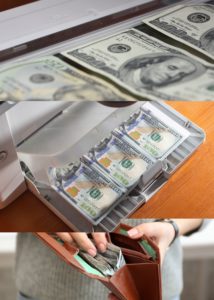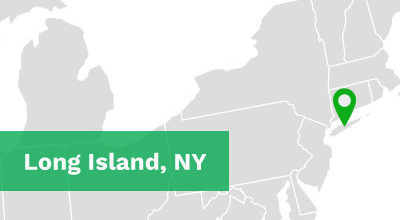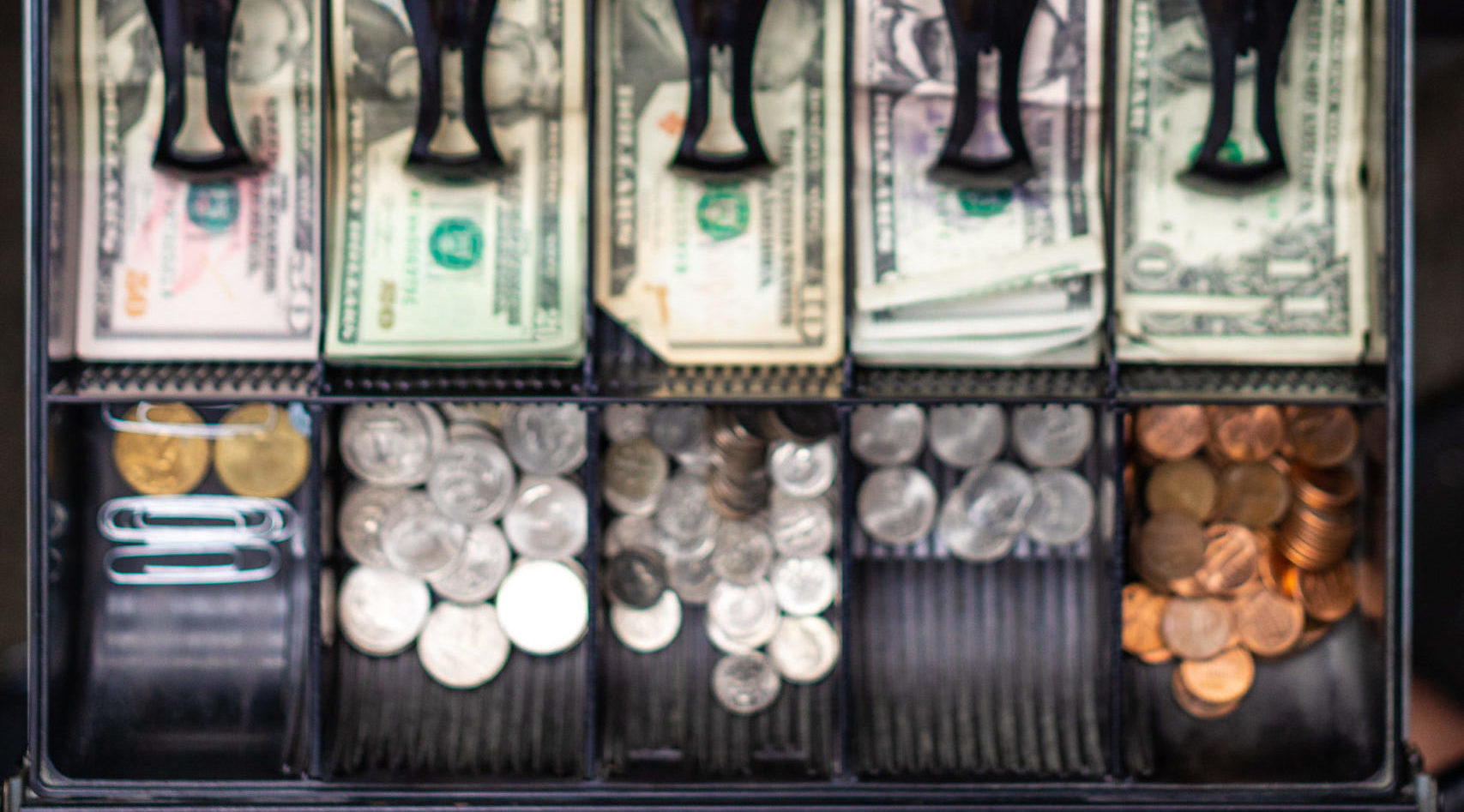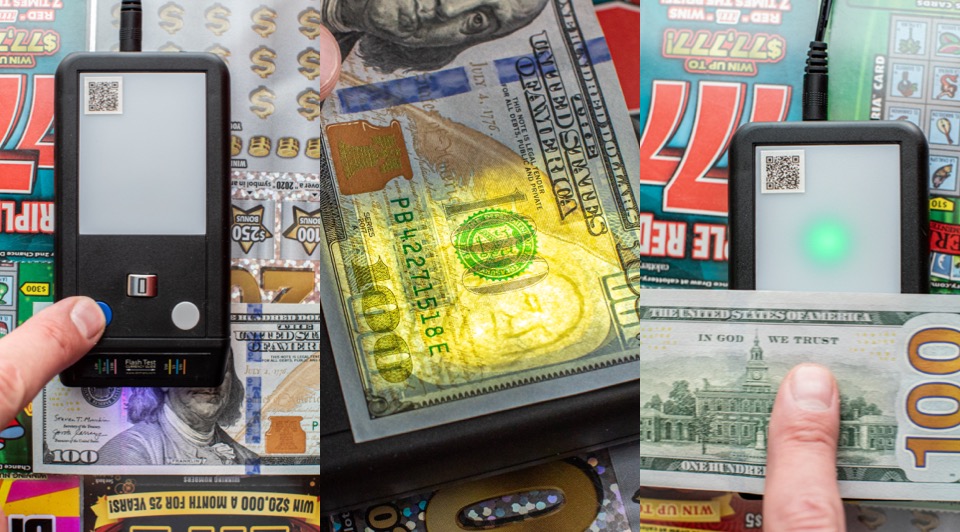What exactly is a bleached bill?
The process of bleaching money is simple. Counterfeiters take low denomination bills like $1 or $5 bills, dip them in a bleaching solution until all of the markings come off until they are left with blank paper. The legitimate cash paper is then reprinted on using a household laser printer creating bleached bills. This breed of counterfeit money is highly convincing because the paper that they’re printed on is legitimate and they can fool the pen test.
Does this actually happen?

Yes, bill bleaching is a common practice for counterfeiters and there are multiple incidents reported in the news every year. In a recent article in the Miami Herald “A [New Jersey] man got a little creative and led a counterfeit money scheme by using bleach, real $1 bills and a printer that he traveled with to create fake $100 bills totaling $235,000, federal officials in Virginia said…In December 2019 and January 2020, Forteau and at least six others working with him drove from Philadelphia, Pennsylvania, to Virginia, where he directed the others to make purchases at local retailers with the fake cash, according to court documents. Then, prosecutors say, they drove to the same retailers at a different location to return the items they illegally bought and obtain real cash.”
Another incident of bleached bills was reported on by abc 57 when multiple bleached bills started to turn up in Elkhart, Indiana. “”On December 28th, we found a 50 that was in our stack of money after we had started changing out our drawers for the night,” said Devin Fumarolo, general manager at Culver’s in Elkhart. “We noticed that it looked phishy, so we saw that it was actually a 10, that was printed over as a 50.”…The Elkhart Culver’s on Brittany Court is one of at least six businesses in the past couple months, according to police, to fall victim to this scam, forcing them to forfeit the money over to police.”
Counterfeiters can also get creative in their process. In an article written by MASS LIVE, “A Quincy man used Mr. Clean Magic Erasers, printers and other items to turn $1 bills into $100, according to court documents. Court documents state agents have been conducting an investigation into “the source of older-style, bleached counterfeit $100 bills in the great Boston area” since January 2019. Officials said they were able to analyze cell phone records to track down a specific address “of an individual in contact with multiple ‘passers’ of counterfeit currency.”
How can I protect my registers from accepting bleached bills?
Bleached bills are unfortunately a problem that isn’t going away. Everyday, more and more incidents are reported on in the news and businesses are paying the price. Once a cashier accepts a phony bill into their register the responsibility now falls to the business and there is no way to gain restitution for the loss. But with this knowledge, there are ways to protect yourself from falling victim to bleached bills.
In the same Miami Herald article, which reported on the traveling counterfeit money scheme that ended in Virginia, the lawbreaker admitted that “He used “genuine” bills so the fake ones would feel real even if “store employees marked them with a counterfeit detection pen. However, some stores can detect fake money through a scanner, so Forteau and the others targeted locations where these machines weren’t in use, court documents state.”
To be clear, any form of counterfeit detection is worthwhile. Just because having cameras and a security system is better, it doesn’t mean that you still should lock your home’s doors at night. The detector pen is still a great test for counterfeit bills. The pen is cost effective and an easy detection method to train your staff to utilize. However, as counterfeit cash becomes more advanced so have the detection solutions on the market. An easy upgrade to the classic detection pen would be Dri Mark’s Dual Test, which is a classic detector pen with a UV light embedded in the cap. The UV light reveals the hidden security stripe found in all 5-dollar bills and higher to help detect bleached bills.
More advanced detection solutions like Dri Mark’s Tri Test offer additional cash evaluations including an UV LED light, the detector pen, as well as a backlight to reveal hidden watermarks. An even more innovative detection solution is Dri Mark’s Flash Test, which is arguably one of the most advanced and easy to use detection solutions on the market. The Flash Test offers three innovative tests on the same device, is smaller than a smartphone, faster than a scanner, over 99% accurate, and completely maintenance free. On the Flash Test, the lightning-fast ink sensor is your first line of defense and can check for counterfeits in ½ a second. Most of the time the ink sensor is the only test needed and allows the Flash Test to be utilized with an unprecedented amount of speed. If the bill appears to be fake, UV and watermark tests are also included in the unit for an extra layer of protection. The Flash Test works perfectly on “bleached” bills, and most other common counterfeits, including ink jet and laser copies.
Learn more about the security features of the USD and how to detect bleached bills HERE



